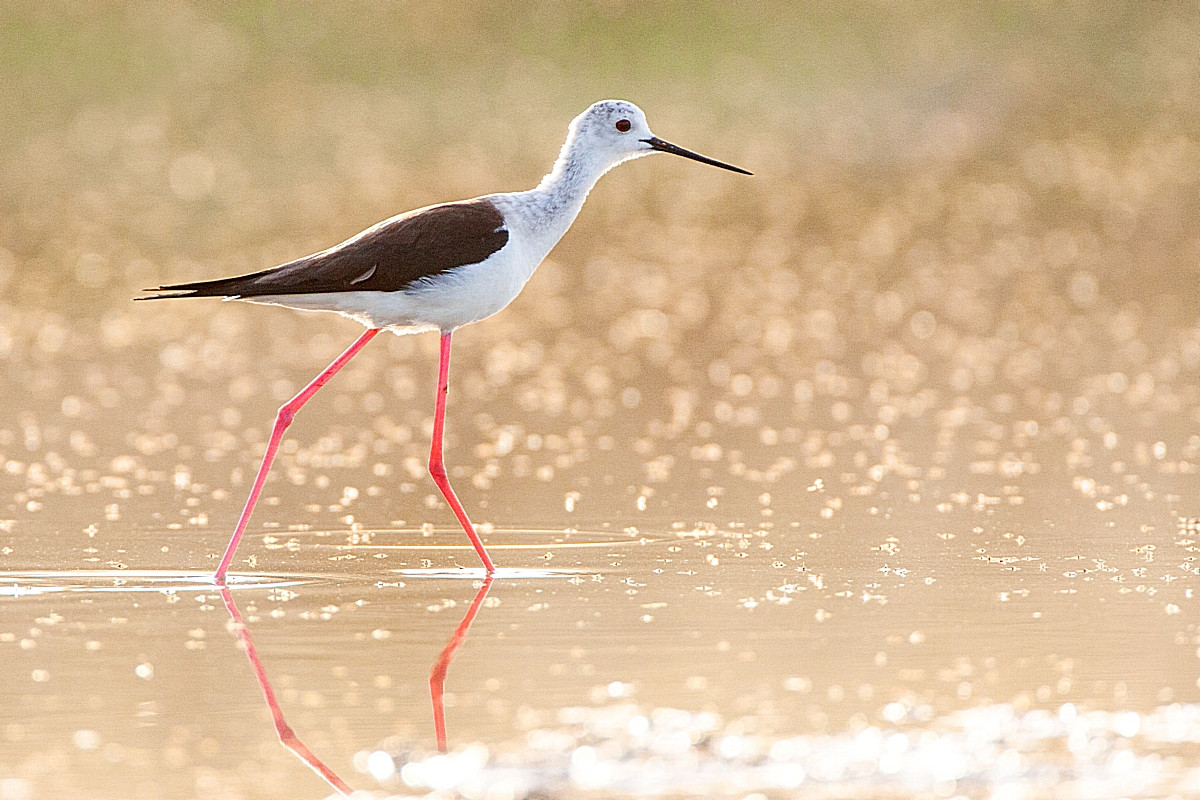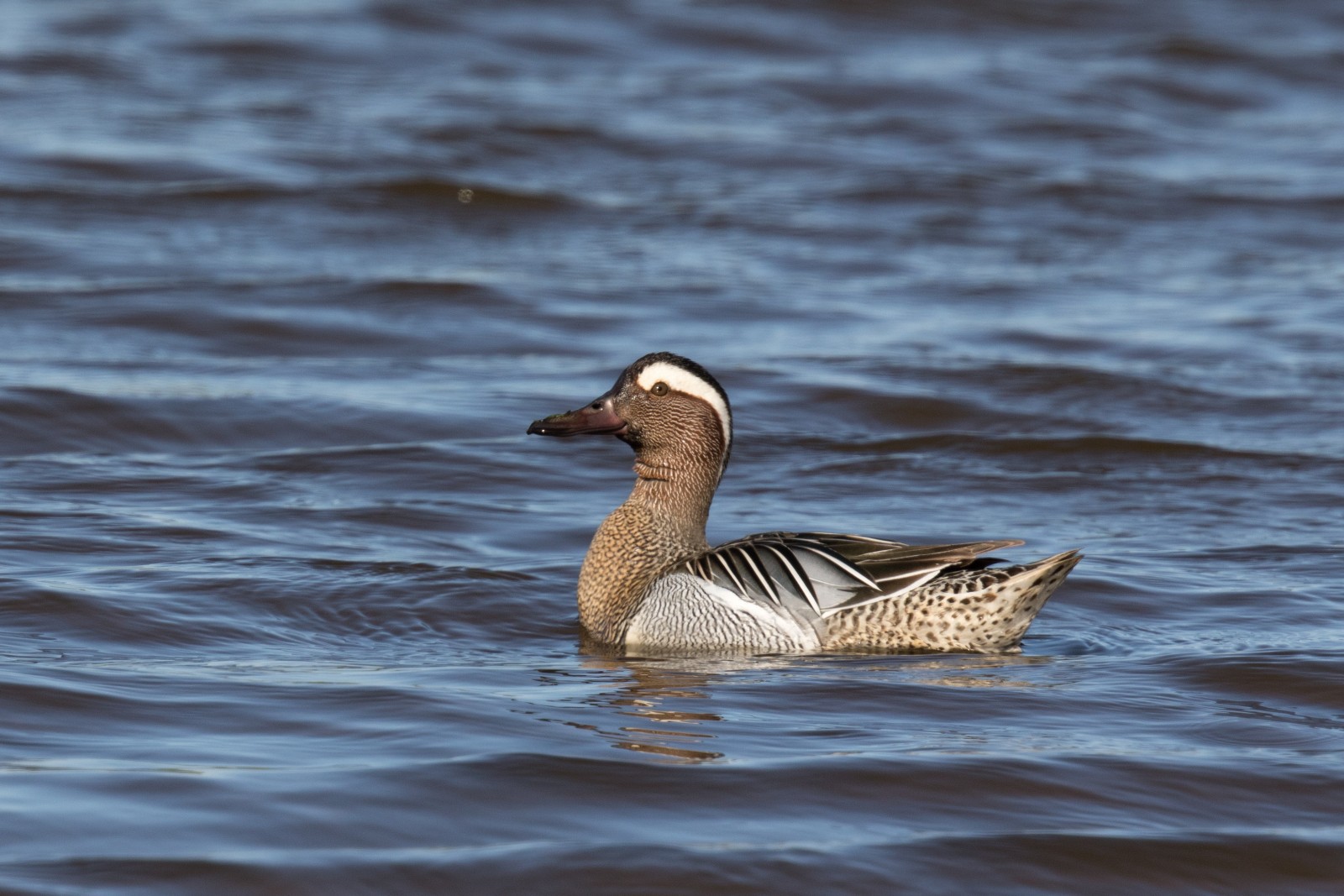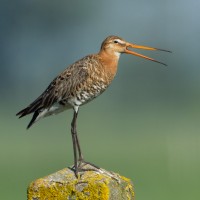Beschrijving
The Biviere di Gela nature reserve was established in 1997. The reserve includes the area surrounding Lake Biviere, a brackish lake embedded in the dunes of the Gulf of Gela, just a kilometer and a half from the sea. The Biviere di Gela is the largest coastal lake in Sicily and is one of the most important rest and wintering areas for numerous species of migratory birds. More than 200 species of birds have been seen here. Among the birds you can see here are Zomertaling Pijlstaart, Witoogeend, Purperreiger, Kwak, Ralreiger, IJsvogel, Steltkluut, Grutto, Zwarte Ibis and Roerdomp.
_________________________
Italiano: Il Biviere di Gela è il più grande lago costiero della Sicilia e costituisce una delle più importanti zone di sosta e svernamento per numerose specie di uccelli migratori. L'avifauna, rappresentata da oltre 200 specie, costituisce pertanto l'elemento di maggiore rilievo naturalistico della Riserva. Tra gli Anatidi è facile osservare il Fischione (Anas penelope), il Codone (Anas acuta), il Mestolone (Anas clypeata), la Marzaiola (Anas querquedula) ed il Moriglione (Aythya ferina); segnalata sporadicamente anche la Moretta tabaccata (Aythya nyroca), una delle quattro specie italiane maggiormente minacciate di estinzione. Numerose anche le specie di limicoli presenti tra cui il Cavaliere d'Italia (Himantopus himantopus), la Pittima reale (Limosa limosa), il Chiurlo (Numenius arquata) e il Corriere piccolo (Charadrius dubius). Non è infrequente incontrare numerose specie di aironi tra cui l'Airone cenerino (Ardea cinerea), l'Airone bianco maggiore (Casmerodius albus), la Garzetta (Egretta garzetta), la Sgarza ciuffetto (Ardeola ralloides) e, più sporadicamente, il raro Airone rosso (Ardea purpurea). Presenti, ma di più difficile osservazione, anche il Tarabuso (Botaurus stellaris) e la Nitticora (Nycticorax nycticorax), dalle abitudine notturne. Tra le altre specie presenti meritano una menzione il Mignattaio (Plegadis falcinellus), diventato il simbolo della Riserva, la Spatola (Platalea leucorodia), il Martin pescatore (Alcedo atthis), l'Upupa (Upupa epops) e, tra i rapaci, il Falco di palude (Circus aeruginosus), il Gheppio (Falco tinnunculus) ed il raro Falco pescatore (Pandion haliaetus).
Details
Toegang
The Reserve is equipped with a parking lot located at the entrance, a visitor center, equipped areas, paths and huts for observations.
_________________________
Italiano: La Riserva è dotata di un parcheggio posto all'ingresso, un centro-visita, aree attrezzate, sentieri e capanni per le osservazioni.




